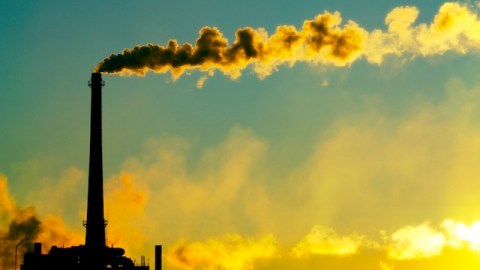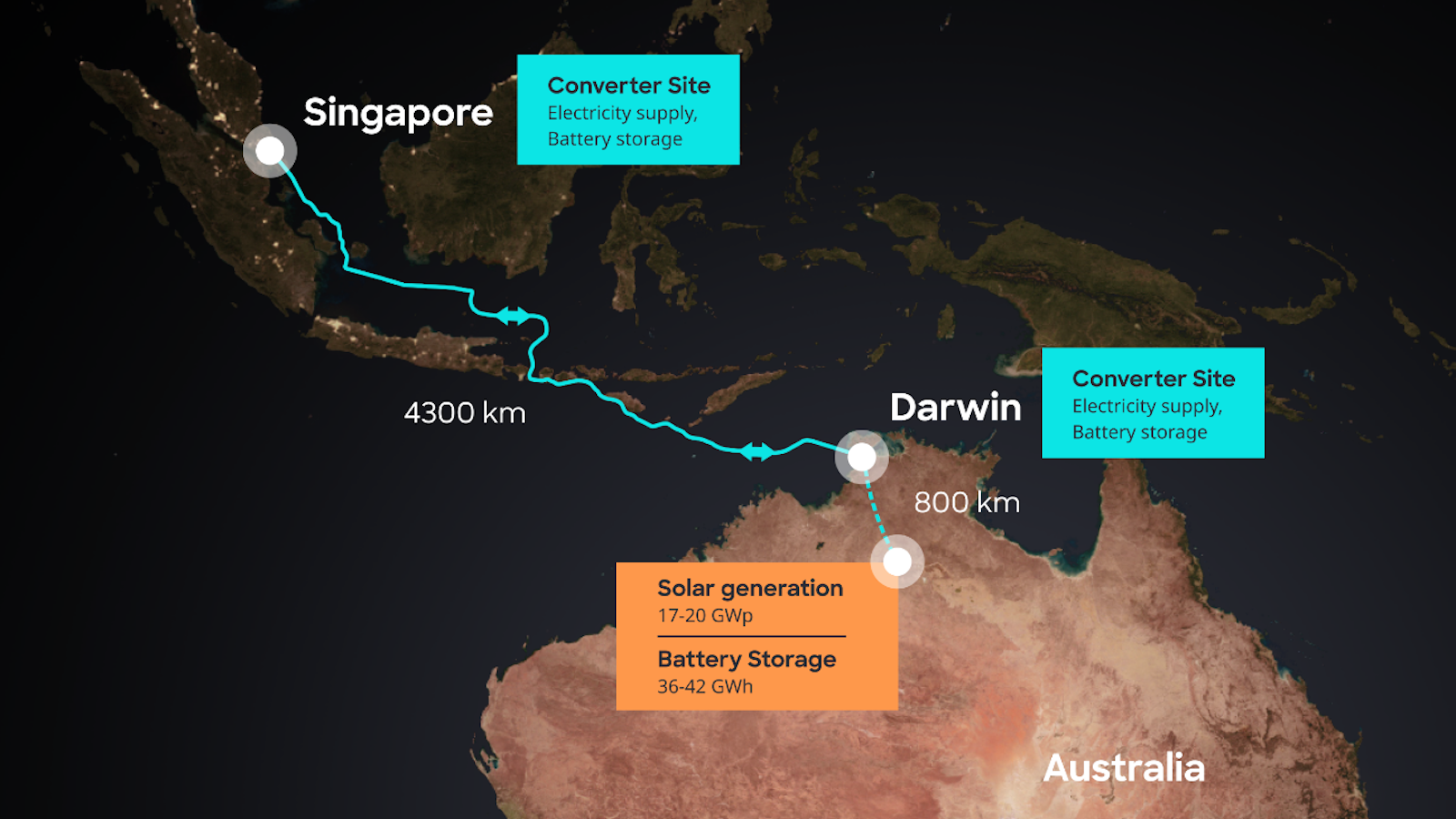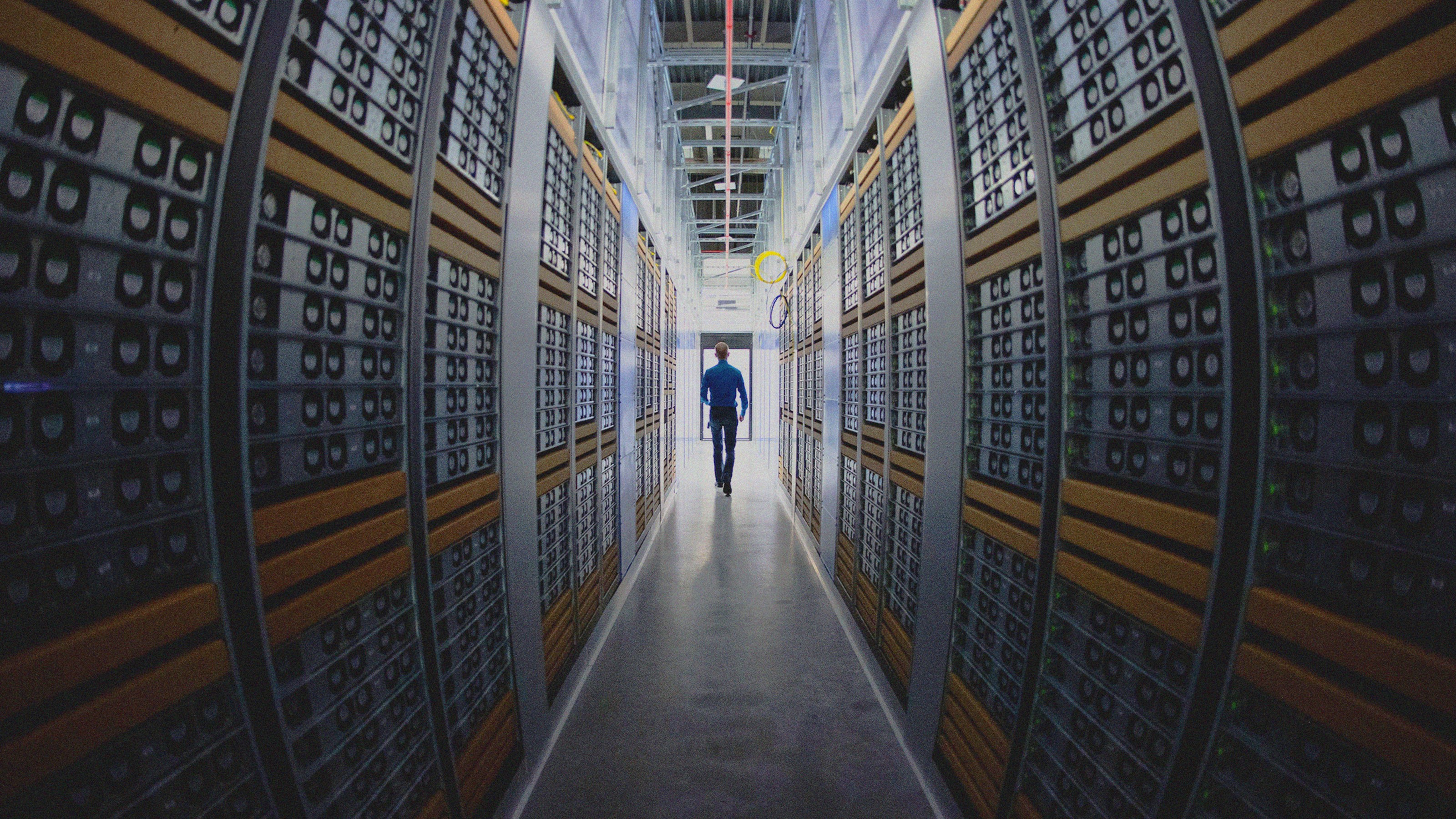Global Emissions of Carbon Dioxide Shot Up in 2010

Global emissions of the greenhouse gas carbon dioxide shot up in 2010. The U.S. Department of Energy estimates that carbon dioxide emissions grew globally by 564 million tons, which is an increase of about 6%. It’s the biggest increase in emissions on record, almost as much by itself as the entire nation of India emits in a year.
That’s bad news, especially in the light of the recent research by a group of climate skeptics confirming what most climate scientists already firmly believed: the world is warming fast. The Department of Energy numbers show that carbon dioxide emissions have grown faster than the Intergovernmental Panel on Climate Change’s worst-case scenario estimates from just 2007—estimates that at the time were widely criticized for being too alarmist. The growth in emissions puts the planet on a path to warm 10 degrees or so by the end of the century.
The rapid growth in emissions is a sign—if you want to look on the bright side—that the world economy is recovering. The growth in emissions seems to be driven by economic recovery in countries like India and China, which burn a lot of coal to supply their energy needs. Besides the fact that economic growth is otherwise generally a good thing, the fact that the recent jump is driven by the recovery probably means that emissions won’t continue to grow as much every year as they are right now.
As Joe Romm notes, it also means that the U.S. is clearly no longer the world’s primary producer of greenhouse gases. China now emits 50% more carbon dioxide than the U.S. That gap will only get wider as China’s growth continues to outpace the U.S.’, especially as long as China continues to rely on emissions-intensive energy sources like coal. And it means, among other things, that even if the U.S. can get its own emissions under control, reducing the amount of greenhouse gases in the atmosphere will require international diplomacy.
There are no easy solutions. It’s not simply a matter of using energy more efficiently, because lowering the cost of consuming energy creates an incentive for us to use more of it. So reducing our emissions will almost certainly mean making a difficult choice to forgo some production in order to pollute less. And while the countries that—unlike the U.S.—signed the Kyoto Protocol have managed to reduce their carbon emissions substantially, they managed to partly avoid that choice only by shifting their production to China, effectively outsourcing some of their emissions to the Chinese. The rapid growth in Chinese emissions, in other words, is almost certainly caused by efforts to reduce emissions in Kyoto countries by moving production to China. That means if we are going to get greenhouse gases under control, the U.S. and China are going to have to start working together with the rest of the world soon to reduce their emissions.
Photo: Todd Klassy
Image courtesy of Shutterstock





